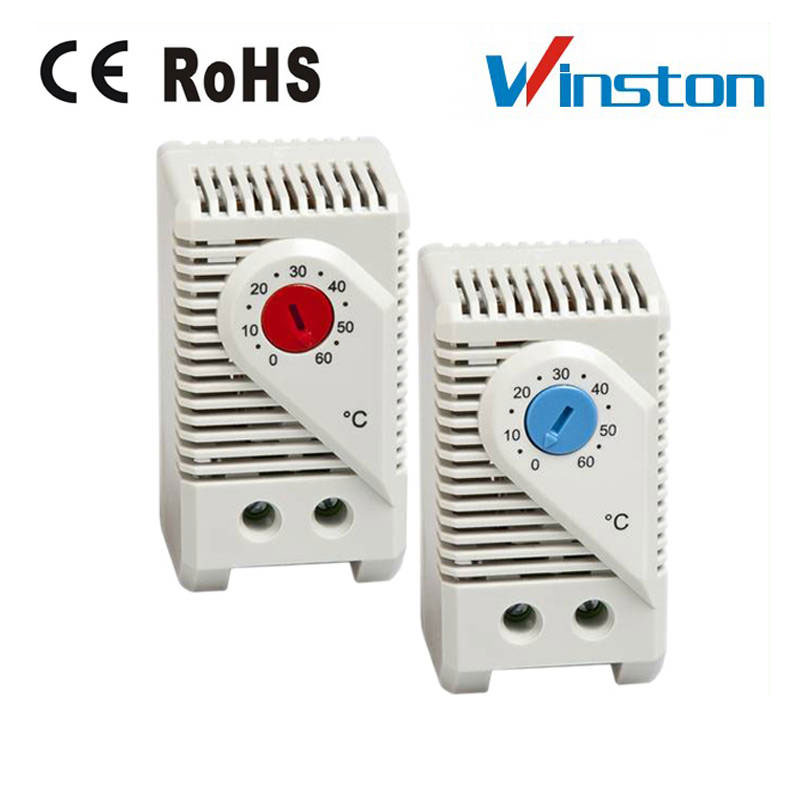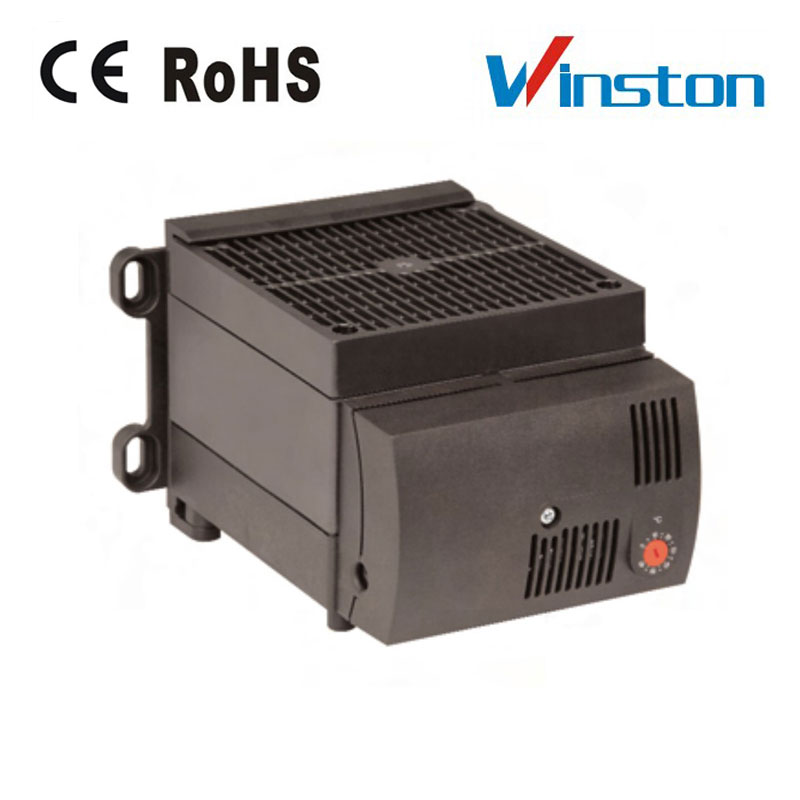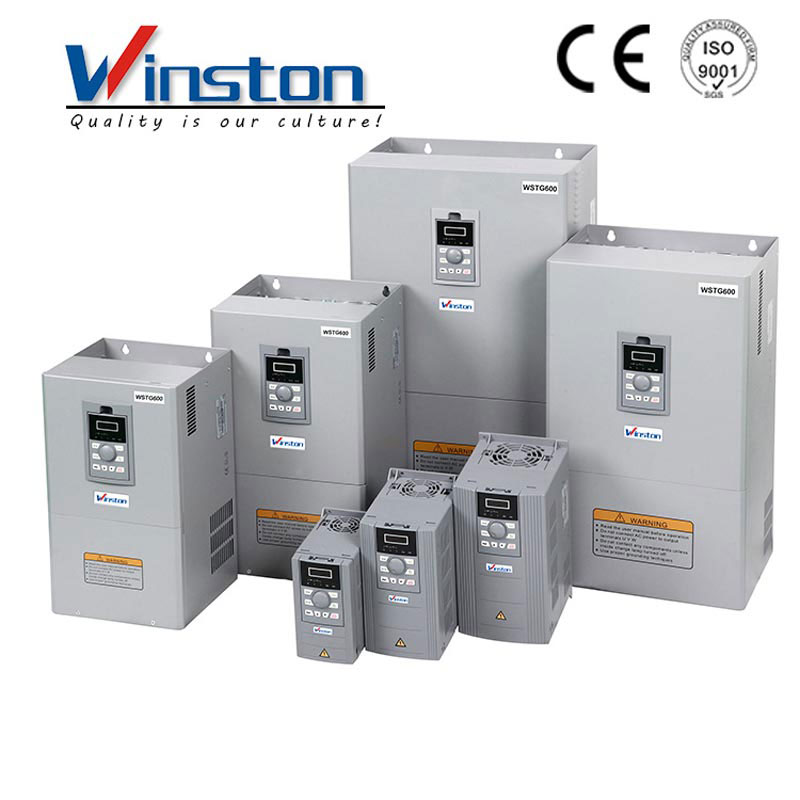What is the difference between Miniature Circuit Breaker and Molded Case Circuit Breaker?
In the realm of electrical engineering and power distribution, both Miniature Circuit Breakers (MCBs) and Molded Case Circuit Breakers (MCCBs) are essential components for safeguarding electrical circuits. However, they possess several notable differences that make them suitable for diverse applications.

Rated Current and Breaking Capacity
-
MCB: Generally has a relatively low rated current, usually ranging from a few amperes to 125 amperes. Its breaking capacity is also relatively limited, typically in the range of a few thousand amperes to 10,000 amperes.
-
MCCB: Can handle higher rated currents, usually ranging from 100 amperes to 6300 amperes or even higher. It has a higher breaking capacity, which can be tens of thousands of amperes, making it suitable for protecting larger electrical loads and circuits with higher fault current levels.

GV Motor Protection Circuit Breaker
Application Scenarios
-
MCB: Commonly used in low-voltage distribution systems in residential, commercial, and light industrial applications to protect small electrical equipment and branch circuits, such as lighting circuits, socket circuits, and small motors with relatively low power.
-
MCCB: Widely used in industrial power distribution systems, commercial buildings, and large-scale electrical installations to protect main circuits, feeders, and large electrical equipment such as motors, transformers, and generators.
Protection Function
-
MCB: Mainly provides overload and short-circuit protection. When the current in the circuit exceeds the rated current for a certain period or a short-circuit fault occurs, the MCB will trip automatically to cut off the circuit and protect the electrical equipment and wires from damage.
-
MCCB: In addition to overload and short-circuit protection, some MCCBs also have additional protection functions such as under-voltage protection, over-voltage protection, and leakage protection. This makes it more suitable for complex industrial environments and critical electrical systems that require comprehensive protection.
Structure and Size
-
MCB: Has a relatively simple and compact structure, usually in a small plastic case, and is easy to install in a distribution box or on a DIN rail. Its size is small, which saves space and is convenient for installation in a limited space.
-
MCCB: Has a more complex structure with a molded case made of insulating material, which is larger and heavier than MCB. The internal components are more abundant, including contactors, arc extinguishing devices, and release mechanisms, etc.
Trip Characteristics
-
MCB: The trip characteristics are relatively simple and mainly determined by the bimetallic strip and the electromagnetic release. The bimetallic strip is used for overload protection, and the electromagnetic release is used for short-circuit protection. The tripping time is relatively short and fixed within a certain range.
-
MCCB: The trip characteristics are more complex and can be adjusted according to different application requirements. It usually has a more accurate and adjustable overcurrent protection function, and the tripping time can be set according to the specific needs of the circuit to achieve more accurate protection.
In conclusion, while both MCBs and MCCBs serve the fundamental purpose of protecting electrical circuits, their differences in rated current, breaking capacity, application scenarios, protection functions, structure, and trip char





